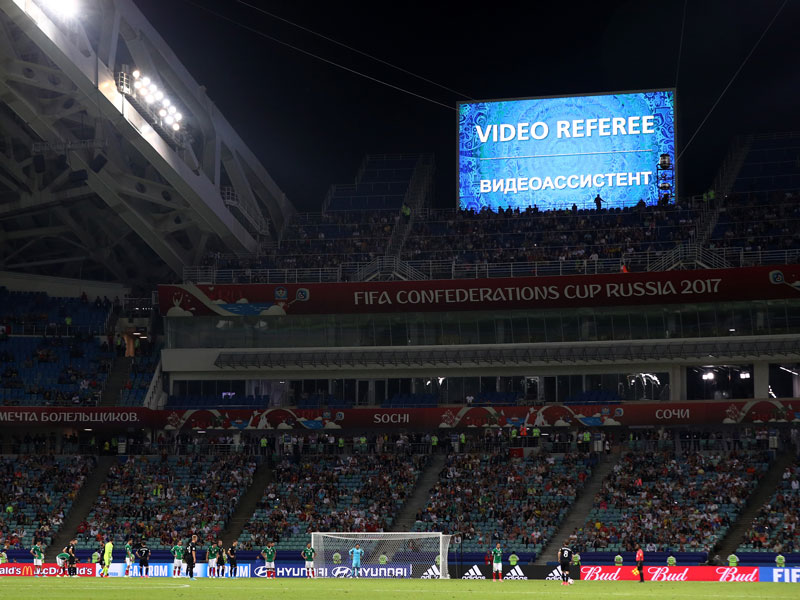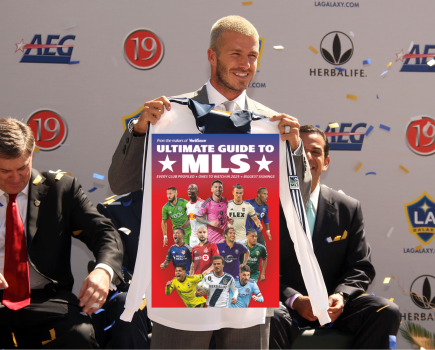World Cup VAR
VAR has been used at the World Cup this year with varying degrees of acceptance. But how does it work? We take a look at the protocol below.
Pressure to introduce video into refereeing has been steady for years now, ever since Frank Lampard’s clear goal in the 2010 World Cup against Germany that wasn’t allowed despite clearly crossing the line.
This pressure has come from a large proportion of the football world with fans and managers leading the way. Arsene Wenger for example had this to say, “It is time for us to help the referees – to all be united and have a less conservative approach and finally opt for video. Video will help the referees, not question their authority. It will give them more credit, more authority and fewer mistakes. Football is the first sport in the world today but we have to accept we have the most conservative approach to the game than any other sport. This can be a strength but on the refereeing side I think it has been a weakness.”
This growing momentum was picked up by FIFA president Gianni Infantino who put the VAR system in place to be used at the Confederations Cup in 2017 with Infantino saying he was “extremely happy with VAR.”
Additionally his head of refereeing Massimo Busacca said: “We know what is working and what is not and we will see what can be improved. Communication is crucial. It must be short and clear. Not too long. We will never be perfect but we will achieve a reduction in the mistakes. Technology is a big tool for prevention.”
As a result of all this, VAR has been approved for use during the World Cup with Roberto Rosetti the man in control of the technology at the tournament.

Gianni Infantino has been keen on introducing VAR (Getty Images)
Article Continues Below
How Will It Work?
VAR can only be used for four specific types of decision: goals, penalty decisions, direct red cards and cases of mistaken identity. So:
- The referee must always make a decision and that decision will stand unless it is “clearly wrong”;
- The referee can only go back to the start of the attacking phase which leads to the incident;
- A goal scored from a throw-in which should have gone to the other team could not be disallowed under the new system; and
- If the ball is still in play, the referee must wait until it is in a neutral zone before stopping play. If the decision is not overturned, play restarts with a drop ball.
Concerns?
But despite the guidelines in place, opponents of VAR have a series of concerns, which are:
- Failure to provide swift clarification to fans about whatever may be at issue;
- Differing interpretations over “a clear mistake” and whether the match referee or the video referee should react;
- Lack of experience of many World Cup referees with VAR (workshops are no substitute for high-level competitive experience);
- Mismatch of different nationalities on-pitch and off-pitch for the same match who, whatever their competence in English, may not speak the same “football language”;
- Danger of referees acceding to player power for fear of a mistake which could wreck their careers – and end their World Cup.
At World Soccer we will update you with all the news related to the World Cup on our website. Make sure you know about the Groups, Friendlies, Dates, Fixtures, Stadiums, TV Schedule, Qualified Teams by clicking on the highlighted links.
What is your opinion on VAR? Do you think it will be good or bad for the game? Let us know on Facebook or Twitter.







